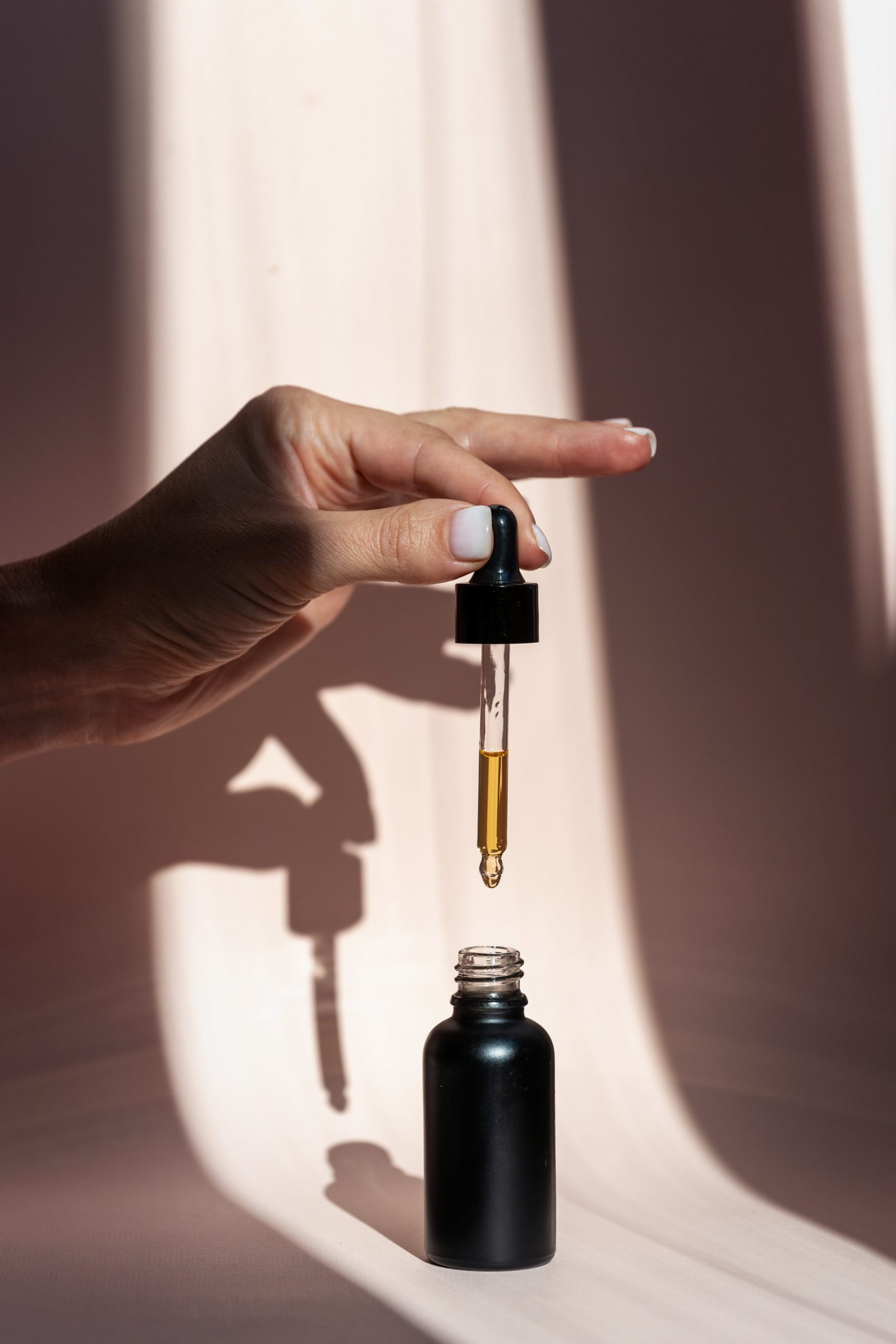200
Polyethylene Glycol (PEG) 200
- Inci Name:
PEG-4
- Chemical Name:
- Poly (ethylene glycol)
- CAS#:
- 25322-68-3
Polyethylene glycol 200 (PEG-200, polyethylene glycol monostearate) is a polyether compound with the chemical structure H−(O−CH2−CH2)n−OH. Traditionally, it is derived from petroleum-based sources.
Acme-Hardesty is proud to offer a completely renewable PEG-200 that is Bio-based. One of our many sustainable alternatives to conventional industrial chemicals, our PEG-200 is an ideal choice for a wide range of industrial applications.
What Is Polyethylene Glycol Made From?
Our PEG-200 is made from bagasse, a fibrous byproduct of sugarcane production, commonly used as a biofuel. It features the same chemical composition and molecular weight as polyethylene glycol made from petroleum, and can be used in all the same applications with no noticeable difference. Bio-based PEG-200 is better for the environment and ultimately, a more responsible choice for your organization.
What Is Polyethylene Glycol Used For?
PEG-200 has a wide range of potential uses. It is a defoaming agent, lubricant and viscosity modifier in many different products. PEG-200 is also used as a coating for fresh fruit, as a solvent in metal working fluids, as a binder and modifier in latex paints, and as a humectant in inks and abrasives. Specific industries that rely on PEG-200 include cosmetics, health and medicine, textiles and more.
For a detailed list of potential applications, or for assistance determining whether or not our polyethylene glycol can be used for your product, contact Acme-Hardesty today.
Chemical Properties
Our polyethylene glycol 200 is a clear, colorless liquid at room temperature, sold in both drums and isotanks. Our NF-grade product has a shelf life of one year when stored in a dry, cool place according to MSDS recommendations.
The viscosity of our polyethylene glycol is 4.0–4.2 at 99 degrees C, cSt. It has a maximum water content of 0.20 percent and a maximum acidity of 0.05 percent. Under normal conditions, it is stable and nonreactive, but should be kept away from open flames, direct sunlight and strong oxidizers.
Sustainable Solutions for Today’s Manufacturers
Acme-Hardesty has been a leading supplier of forward-thinking industrial chemical products for more than 70 years. To learn more about our bio-based polyethylene glycol products, download the PEG-200 MSDS or data sheet, available on this page, or contact our office directly.
Polyethylene Glycol (PEG) 200
Uses & Applications
CASE: Humectant in Inks and Adhesives; Solvent, Dye Carrier in Inks; Modifier and Binder in Latex Paint; Dispersant in Water Based Coatings
Renewable Chemistries: Our PEGS are Bio-Based, Made from Sugar Cane Waste
Lubricants and Greases: Additive in Synthetic Lubricants, Cutting Oil and Hydraulic Fluids
Metal Working Fluids: Acts as a Solvent in Soldering Flux
Personal Care: Used as a Base for Skin Creams and Lotions Acting as a Solvent, Humectant and Lubricant; Solubilizer in Creams, Lotions and Bath Gels
Plastics: Mold Release Agent and External Lubricant
Rubber: Mold Release Agent and Lubricant in Production of Natural and Synthetic Rubber
Soaps and Detergents: Viscosity Modifier and Solvent
Surfactants and Esters: PEG Esters are used as Surfactants
Textiles: Lubricant, Softener, Dye Carrier, Dispersant and Anti-Static Agent

Product Details
Drums and Isotanks
Contact Us for All Your Product Needs
Get a Sample





